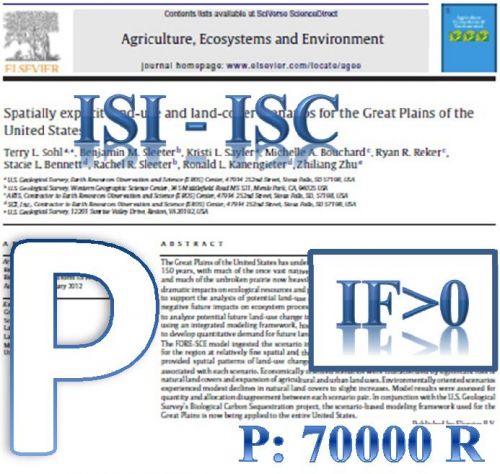We have investigated the Coulomb stress change due to the 1983 Charazeh earthquake and its triggering effect on the 1990 Rudbar earthquake. Two stress increase lobes and two stress decrease lobes with N-S and NE-SW striking are detected, respectively. These lobes appear to be similar in size with the ones resulting from an equal length/width ratio of the Manjil thrust fault. The western section of the Kabateh segment is located in the increased Coulomb stress lobe and the eastern one in the decreased Coulomb stress lobe. The Coulomb stress change indicates that the 1983 main shock did not affect the Kelishom and Kashachal strike-slip faults. In the map view, we fnd that the 1990 Rudbar earthquake is located in the stress decrease lobe with <0.1 bar. The cross-sectional view of the calculated Coulomb stress change shows that the Rudbar main shock lies in the decreased Coulomb stress lobe. Also, we fnd that the low slip azimuth of the Manjil thrust fault, which associates with the negative normal stress and low shear stress, reduced the Coulomb stress change and inhibited the failure on the adjacent area. Therefore, we conclude that the 1983 Charazeh earthquake did not trigger the 1990 Rudbar destructive earthquake. We perceive that the events before and after the Charazeh main shock have not characteristic spatial distribution patterns and the seismicity after the main shock is not consistent with the Coulomb stress change. Therefore, the 1983 main shock, unlike the 1990 Rudbar earthquake, did not affect the seismicity patterns
کلید واژگان :Coulomb stress · Manjil thrust · Earthquake triggering · Charazeh earthquake · Alborz Mountains
ارزش ریالی : 1200000 ریال
با پرداخت الکترونیک
